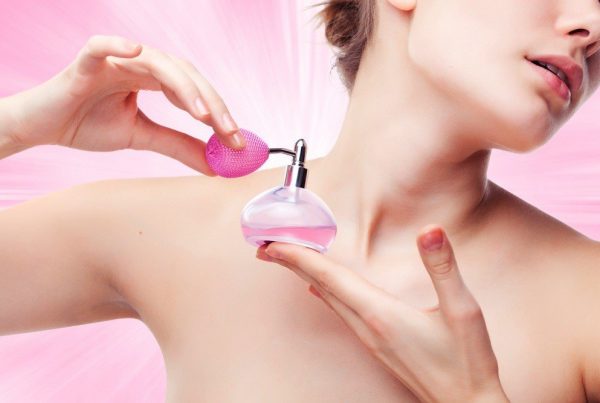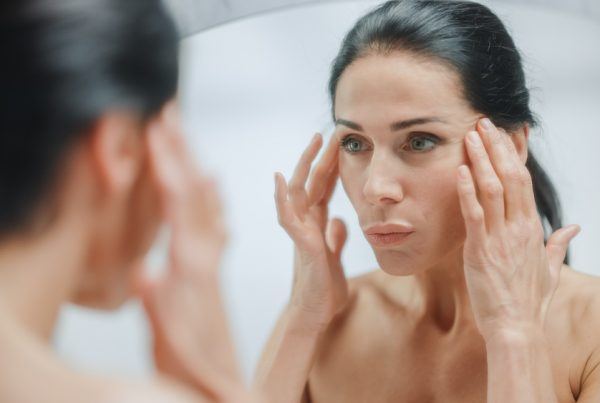Grey hair– you either love it or hate it, show it off or hide it away. According to research, different ethnic groups will generally go grey at different times. Caucasians tend to start from the mid-30s, while ethnic hair tends to go grey only after 50. Contrary to popular belief, stress has not been shown to be linked to hair going prematurely grey, but genes can play a large role. Your children are more likely to go prematurely grey if you or your partner did.
Reasons for going prematurely grey:
- Vitamin B12, zinc and copper are needed to nourish your hair and to help in the metabolic processes involved in giving your hair its natural color. If you are deficient in vitamin C and E, you are more likely to go prematurely grey.
- Smoking results in the development of free radicals in your body, which in turn causes oxidative stress in the body. This can lead to a decrease in the pigmentation capacity of melanin, resulting in grey hair.
- Junk and processed foods accelerate aging, as these increase the oxidative stress and AGEs (advanced glycation endproducts), which accelerate aging and the loss of hair colour.
“Hair doesn’t turn white overnight,” says ethnic hair expert from Tanaz Hair Body and Nails, Brian Warfield. “The pigment can stop being produced while the strand is still growing, so you will find that a strand of hair can be half the original color and half white. My experience is that the strands that turn white become very smooth and resistant to color and chemicals. It’s like the cuticle is no longer there; chemicals don’t penetrate the way they used to, and the texture becomes wiry. ”Co-owner of Tanaz Hair Body and Nails, and hair specialist, Shelene Shaer, explains that all hair is made up of protein and keratin, with cuticles that overlap the hair. “Hair growth cycles can be anywhere from two to seven years, growing around 1cm a month.
As we age, the hair follicles become thinner, and some close up, so we have less hair. ”She adds that there are many amazing new products on the market that can slow this process down, although they tend to need continual use.
Color or grey
The good news is that grey hair has become a big trend, and many celebrities are sporting grey or silver hair – including those who don’t have any natural grey of their own! However, says Warfield, if you don’t like your white hair, you can opt for color. Make sure the color you use states that it will cover grey completely, otherwise the white hairs will turn out lighter than the strands that are not white. “If you go to a professional stylist, they must know that in order to cover white hair, they need to mix a base shade into their formula. For example, red shades on their own generally don’t cover white hair completely, and can turn pink. But if you mix a base shade of brown at the level you are targeting, then it will give the red something to hold onto and you will get better coverage with your color. Shaer suggests a number of ways to color grey hair.
“One is blanket color; this is when the color is solid and you will only get to see your regrowth. Inoa Loréal launched a color about four years ago that is a translucent – in other words, it colors the hair but it has a slight babylight effect, so the hair looks more natural. The grey gets about 80% colored and I love this. Another option is to add babylights of your natural color into your hair, and this way you maintain some grey, but it looks less. If you are struggling with the upkeep, consider keeping out a grey streak in front, to disguise the grey. ”With ethnic hair, Warfield recommends that if you relax your hair and your white hair goes yellow, use a silver shampoo after the relaxer to neutralize the yellow. “The more white hair you have, the more you need to moisturize it, as this will help to keep it under control. Use heat when doing your moisturizing treatment, to aid penetration of the product. The higher the percentage of white hair on your head, the shorter your cut should be. It helps to do a very stylish short cut, as this will take attention away from the white hair.
How to manage your hair:
According to Warfield, white hair needs more heat when it comes to styling, in order to get it straight. “Chemicals will still work (ie relaxers), but they may take longer and can give the hair a yellowish tinge. Sometimes, and this depends on the individual, going natural is an option that could be considered, especially if the texture of the white hair is very coarse and resistant. I’ve found that it’s very difficult to make your hair do something it doesn’t want to.”
With grey hair in general, colour takes longer, and stronger chemicals are needed to penetrate it, notes Shaer. “You will need to relearn how to manage your hair. It requires more work and styling, and the cut becomes so important, as styled hair is much easier to manage.” Colouring your hair generally softens the grey, she says. Hair oils and anti-frizz products will also help.
Why doesn’t my hair work for me anymore?
“Grey hair is like having a stranger move in; the way you style, cut and blow becomes so different. Shampoos with vitamins and lustre are important,” says Shaer.“Mind you, not all textures react the same way. Some are easier to work with than others, so not everyone will experience the same levels of frustration,” Warfield adds. Should you be battling with the changes in your hair, ask your stylist to teach you how to manage your “new” hair. You may find that you need to spend more time blowdrying; your cut and style will go a long way towards helping you to look and feel good. Contemplating doing box color? Click here to find out whether or not you should.
Battling to grow your hair? Click here to find out how you can use amla oil.



![women [longevity live]](https://longevitylive.com/wp-content/uploads/2020/01/photo-of-women-walking-down-the-street-1116984-100x100.jpg)











The information on the grey hair is very helpful. It has helped to understand my gey hair better. Sometimes I like it and at other times I don’t. I know that doesn’t sense but true., after reading this article, I am a little more informed about my dos and don’ts. Thanks